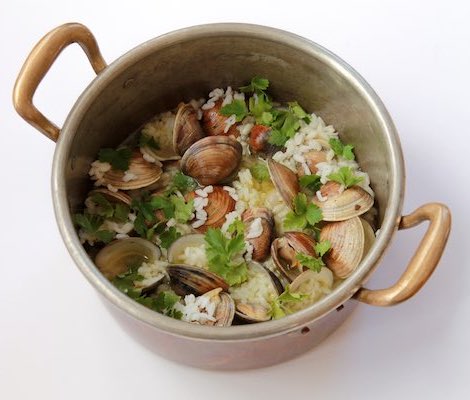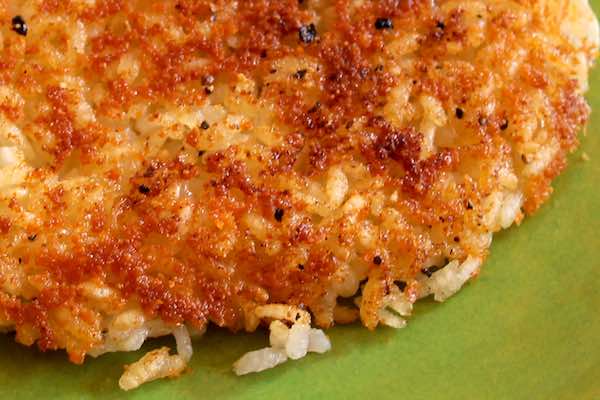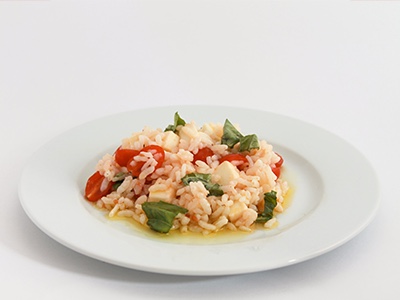
 Rustichella d'Abruzzo collaborates with a group of local farmers to cultivate an indigenous variety of farro, known as farro vestino, grown in the Vestini hills of Abruzzo. Rustichella's Farro Couscous is made with 100% stone ground whole farro and pure Apennine mountain spring water.
Rustichella d'Abruzzo collaborates with a group of local farmers to cultivate an indigenous variety of farro, known as farro vestino, grown in the Vestini hills of Abruzzo. Rustichella's Farro Couscous is made with 100% stone ground whole farro and pure Apennine mountain spring water.
Farro has seen a surge in popularity thanks to its excellent taste and adaptability. Now in couscous form, the nutty flavor and delightful chewy texture enhances a range of dishes from meat ragu to seafood stew, or even eaten simply drizzled with extra virgin olive oil. Because it is easily digested and low in gluten, farro can often be eaten by people who are normally gluten-intolerant.
Origins: Italian couscous has a grand historical tradition on the Sicilian Island of Trapani. Easy to cook and adaptable to many recipes, farro couscous pairs beautifully with a number of flavors in a main dish or as a side.
Cooking Method: These small granules of farro are best prepared by steaming until they reach a light, fluffy consistency, with a texture similar to al dente pasta.











